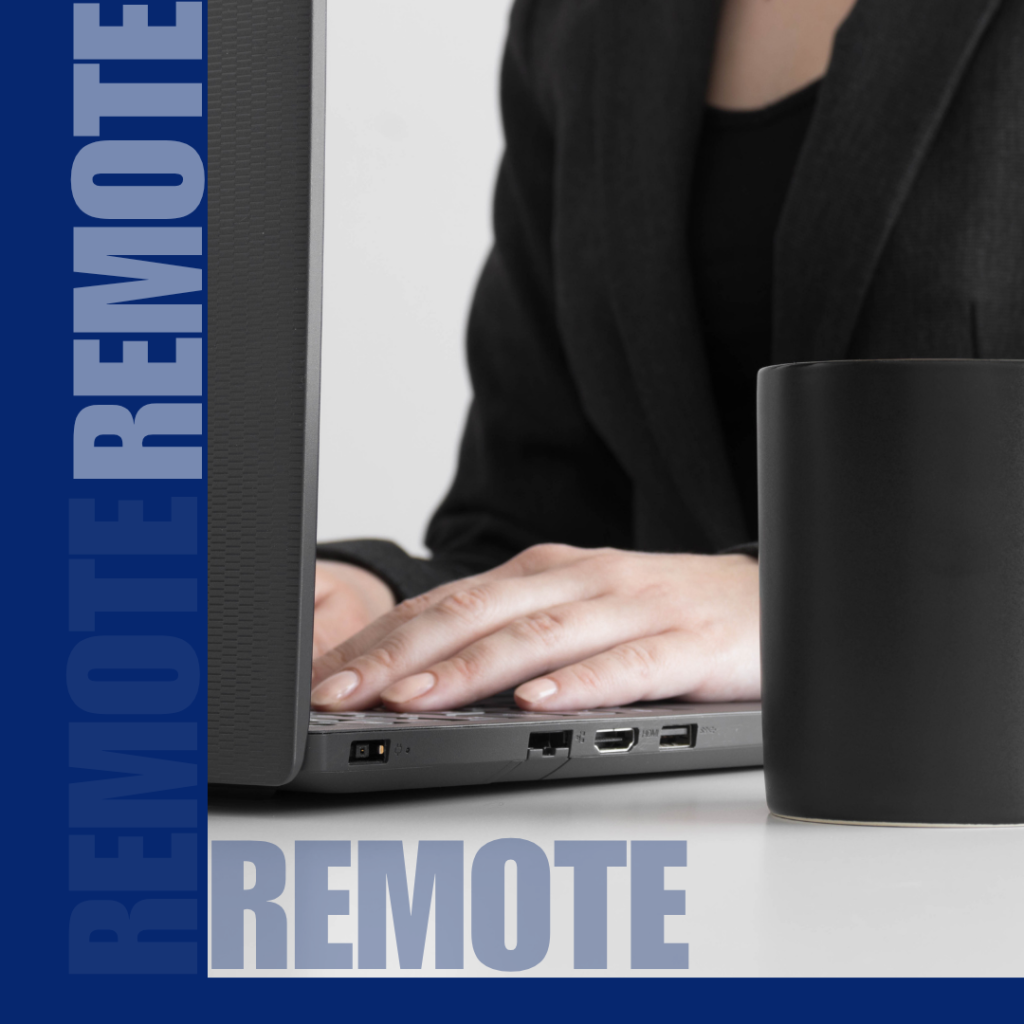
How to Manage Employee Performance Remotely: Tools and Tips for HR
Managing employee performance in remote or hybrid work environments presents unique challenges. As more companies embrace remote work, HR professionals must find new ways to ensure employees remain engaged, productive, and accountable. Without the physical presence of an office, traditional methods of performance management often fall short. However, with the right tools and strategies, it’s possible to effectively manage performance remotely. In this article, we’ll explore practical advice on how HR teams can manage employee performance in a remote work setting, with a focus on feedback, accountability, and development.
The Importance of Clear Expectations and Communication
Effective performance management begins with setting clear expectations. When employees work remotely, they may feel disconnected or unclear about their roles. This lack of clarity can lead to confusion, decreased productivity, and frustration. To prevent this, HR professionals must ensure that every team member understands their responsibilities and performance goals.
Start by establishing clear guidelines for job expectations, deadlines, and deliverables. Remote workers should have access to documents that outline their role, key objectives, and performance indicators. These documents should be easily accessible and regularly updated to reflect any changes.
Communication is also key in remote performance management. Since in-person meetings are limited, regular communication is necessary to maintain a connection. Weekly check-ins, team meetings, and one-on-one conversations are essential. Regular updates and status meetings allow managers to assess progress, provide feedback, and address any concerns promptly.
Leveraging Technology for Feedback and Accountability
Remote work allows for great flexibility, but it also requires reliable accountability mechanisms. To effectively track and manage employee performance remotely, HR teams need to rely on technology to provide continuous feedback and monitor progress.
There are a variety of tools available that allow for easy tracking of work performance. Project management tools such as Trello, Asana, or Monday.com help teams manage tasks, set deadlines, and track progress. These tools provide visibility into who is working on what and allow managers to monitor how well employees are meeting their goals.
For real-time feedback, HR teams should implement tools like Slack, Microsoft Teams, or Zoom to facilitate quick check-ins. These platforms make it easier to give immediate feedback and stay connected. For example, using a messaging platform to give quick, constructive feedback after a task is completed can help employees feel supported and valued.
In addition to feedback, it’s essential to set up performance review systems. Use software like 15Five or Lattice to manage performance reviews, track employee development, and ensure that all employees receive regular evaluations. These tools allow for feedback to be gathered in real-time, and they help HR departments track both short-term and long-term goals.
Fostering Accountability Without Micromanaging
One of the biggest challenges of managing remote employees is finding the balance between accountability and micromanagement. Micromanaging can lead to frustration, decreased morale, and a lack of autonomy, which can ultimately affect employee performance.
Instead of micromanaging, HR professionals can focus on outcome-based performance management. This means focusing on the results employees achieve rather than how they achieve them. Set clear objectives and key performance indicators (KPIs), and give employees the autonomy to determine how they will meet those objectives.
In addition to KPIs, consider implementing self-assessment tools. Allow employees to track their own progress and identify areas for improvement. This encourages self-discipline and ownership of their work, which promotes accountability without feeling like they are being watched constantly.
Regular performance reviews and constructive feedback are still important, but giving employees the freedom to manage their own time and processes leads to greater satisfaction and productivity.
Promoting Employee Development and Growth Remotely
Employee development shouldn’t take a backseat in a remote work environment. Professional growth is essential to maintaining motivation and engagement. Remote employees need to feel that they have opportunities for growth, even when working from home.
HR teams can support remote employees’ development by offering online training and learning resources. Platforms like LinkedIn Learning, Udemy, and Coursera offer a wide range of courses in various fields, allowing employees to improve their skills. Encourage employees to take advantage of these resources and offer reimbursement or incentives for completing courses.
Mentorship programs are also important for remote employees. Pairing remote workers with mentors within the organization helps them feel more connected and provides guidance for their professional growth. This can be done through virtual meetings, where employees can discuss challenges, receive feedback, and seek advice from experienced colleagues.
Moreover, offer opportunities for cross-functional collaboration. Encourage employees from different departments to work together on projects. This not only provides them with new learning experiences but also helps build relationships within the organization. Cross-functional projects can lead to creative problem-solving and help employees expand their skill sets.
Measuring Success and Making Adjustments
To effectively manage remote employee performance, HR teams need to consistently measure success. Tracking key performance indicators (KPIs) is crucial in assessing whether employees are meeting expectations. These metrics can include project completion rates, quality of work, customer satisfaction, and other relevant indicators.
Regularly review these metrics to identify trends and areas for improvement. If performance is not meeting expectations, it’s important to address it early. Have open conversations with employees about any challenges they may be facing and provide support where needed. Whether it’s additional training, clarification of job responsibilities, or adjusting deadlines, timely intervention can help improve performance before it becomes a larger issue.
Remember that flexibility is essential in a remote work environment. Be prepared to make adjustments to workflows or performance expectations if necessary. Flexibility allows employees to thrive and ensures that the business can continue to perform at its best.
Conclusion: The Future of Remote Performance Management
Managing employee performance remotely in 2025 requires a mix of technology, trust, and effective communication. HR professionals must be proactive in establishing clear expectations, using tools for real-time feedback, and promoting employee development. The key is to strike a balance between accountability and autonomy, allowing employees to take ownership of their work while still providing the necessary support and guidance.
By leveraging the right tools and strategies, HR teams can foster a high-performing, engaged, and motivated remote workforce. As remote and hybrid work environments continue to evolve, those who adapt and focus on both the well-being and growth of their employees will ensure long-term success.

